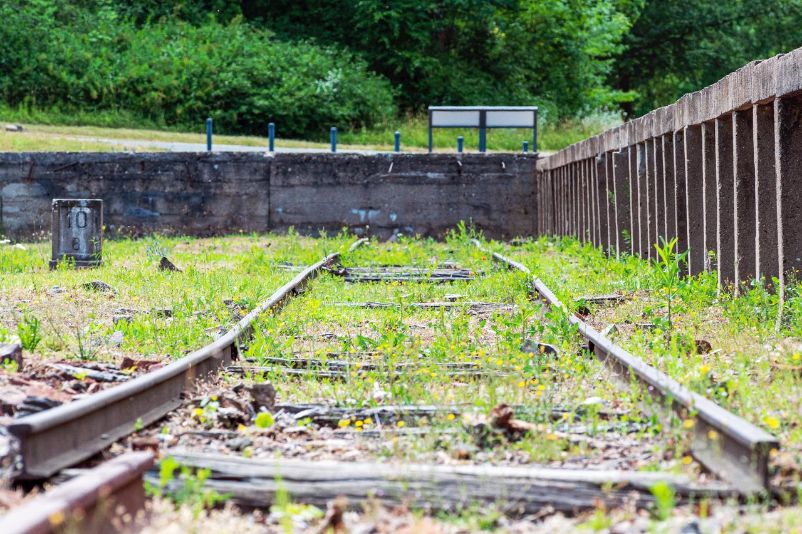On this page you will find content and method ideas for following up a visit to the memorial. There is also downloadable information on selected artworks.

What is the significance of concentration camp memorials today?
Like all sites commemorating victims of National Socialist crimes, the Buchenwald Memorial looks back on a history of its own over many eventful decades. How people remember, whom and where they remember and commemorate, what themes are especially relevant—to this day, these are the questions underlying the ongoing negotiation within our society.
In order to sensitize participants to this negotiation process and the various standpoints represented in that process, the following questions can be discussed during the follow-up to the memorial visit:
- What, in your opinion, is the significance of concentration camp memorials and critical reflection on the history of National Socialism today?
- What, in your opinion, is the significance of concentration camp memorials and critical reflection on the history of National Socialism for the former concentration camp inmates and their families?
What does “Never again!” really mean?
On international days of remembrance dedicated to commemorating the victims of the National Socialist crimes and on annual celebrations of the liberation of the concentration camps, we often hear the words “Never again!”
Voiced again and again by camp survivors and today often included in the context of official commemoration addresses, this entreaty can mean many things: never camps again, never war again, never genocide and mass extermination again, never persecution again.
When school pupils are asked, after a visit to a concentration camp memorial, why the memorial exists, they often answer: “So it never happens again.” But what does “Never again” really mean? What should never happen again? What does this sentence mean for each individual?
To find individual answers to these questions, answers that are relevant to our own present, we recommend a three-phase method of working in small groups:
For further reading: Information on historical sites and artworks
Here you will find information on eight historical sites on the grounds of the Buchenwald Memorial and
fifteen selected artworks from the exhibition Means of Survival – Testimony – Artwork – Visual Memory.

